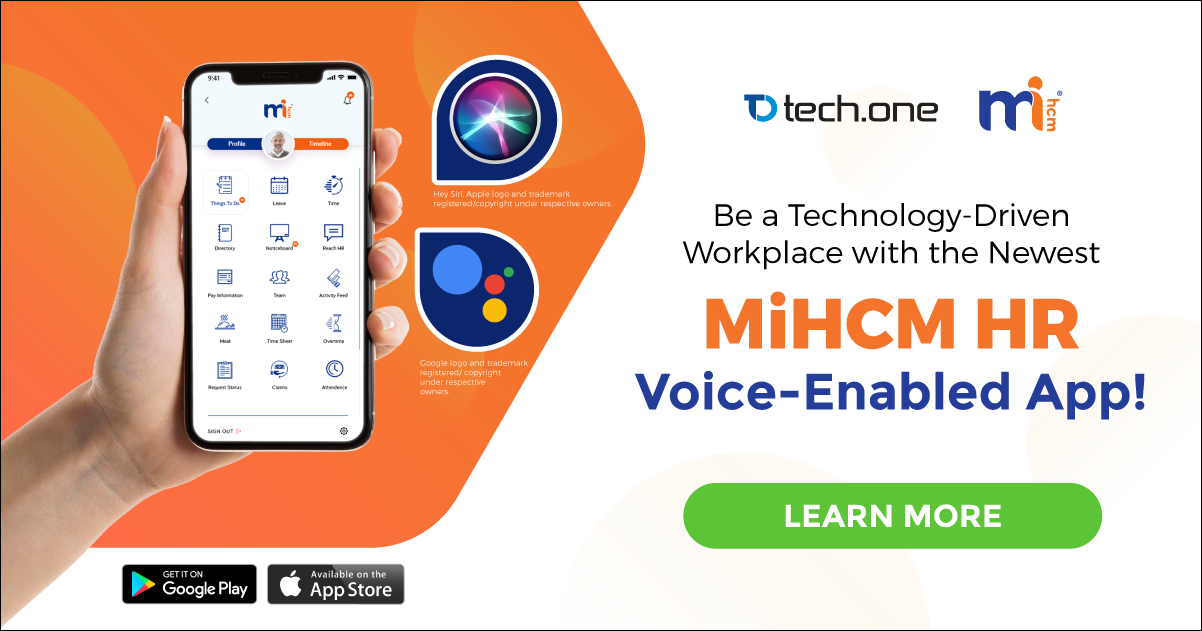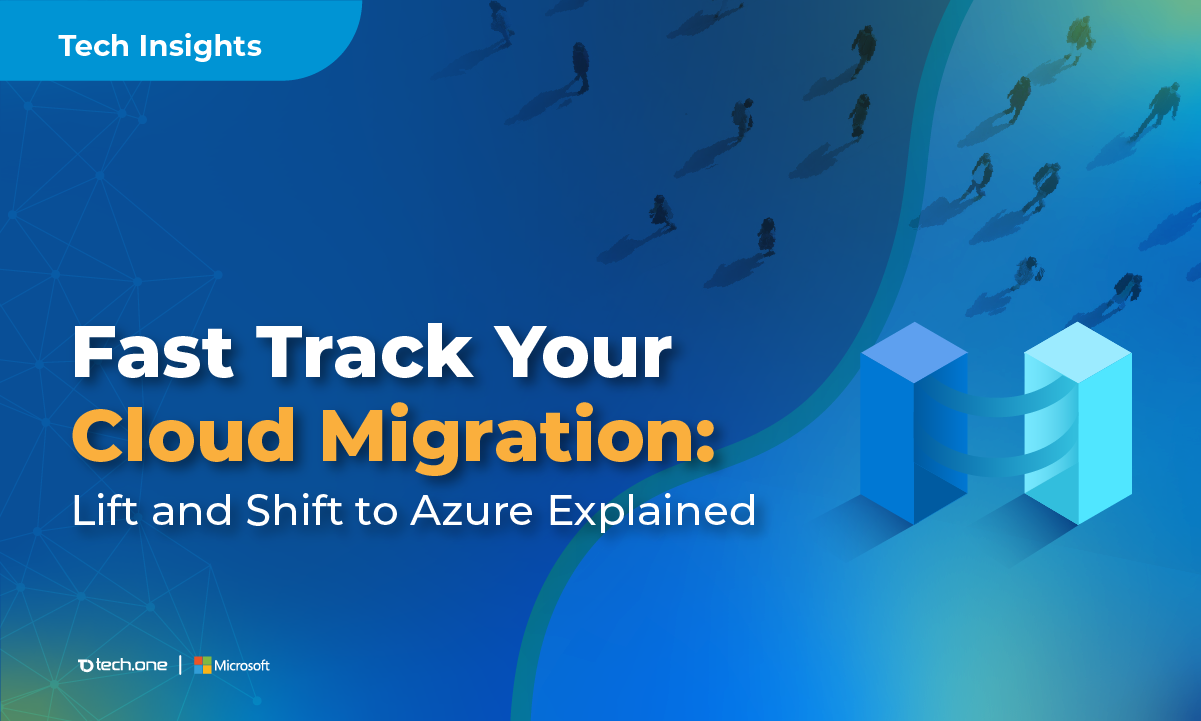
Windows Virtual Desktop is a desktop and app virtualization service that runs on the cloud. Deploy and scale your Windows desktops and apps on Azure in minutes and get built-in security and compliance features.
What are virtual desktops?
With a virtual desktop, applications and the Windows operating system run in a data center, and each user is presented with the screen image on another device, such as an iPad or a laptop. The mouse, keyboard and other inputs are collected on the user’s device, sent to the remote desktop and processed there.
Virtual desktops allow companies to provide secure access to applications and data from anywhere, an easy roll-out of new applications and the ability to scale when the company grows. In addition, data doesn‘t have to be stored on local devices that can be lost, while support, maintenance and overall IT resources can be consolidated.
There are customers that have been using variations of remote desktops for more than two decades. These include branch offices, proprietary applications, home office users, and any industry that needs flexible, secure IT such as retail, healthcare, finance and education.
What’s new about Windows Virtual Desktops?
The biggest innovation in Windows Virtual Desktops is what Microsoft calls a multi-user, multi-session version of Windows 10. This means the user is working in an environment that feels and behaves like a Windows 10 desktop operating system — that ships with most PCs and laptops sold — and offers full support for all applications that would run on a Windows PC or laptop, especially Microsoft‘s own Office365 Professional.
Multi-user, multi-session means this version of Windows 10 is significantly more efficient to run for more than one user because multiple users can share core resources of their desktops instead of — albeit virtually — running one Windows PC for every user.
Another innovative aspect of Windows Virtual Desktops is that it is available exclusively as-a-service in Microsoft‘s Azure cloud and available as part of the Microsoft365 E3 or higher licenses. Customers no longer have to build complex server environments with virtualization layers, storage etc., but can rather simply add the Windows Virtual Desktop enterprise application to their existing Microsoft Azure account, select the number of users and the required amount of computing power, and wait for Azure to set up the environment.
Why do you need Windows Virtual Desktop?
Deliver the only multi-session Windows 10 virtual desktop experience
Provide your users with the only multi-session Windows 10 desktop virtualized in the cloud that’s highly scalable, always up to date, and available on any device.
Enable optimizations for Office 365 ProPlus
Deliver the best Office 365 ProPlus experience, with multi-session virtual desktop scenarios to provide the most productive virtualized experience for your users.
Migrate Windows Server remote desktops and apps to Azure
Migrate your Remote Desktop Services (RDS) environment with simplified management and deployment experience on Azure.
Deploy and scale in minutes
Quickly virtualize and deploy modern and legacy desktop apps to the cloud in minutes with unified management in the Azure portal.
More secure, productive virtual desktop experience on Azure with Microsoft 365
Deploy a complete, intelligent solution that enhances creativity and collaboration for everyone. Shift to Microsoft 365 and get Office 365, Windows 10, and Enterprise Mobility + Security.
Flexible migration to the cloud for Remote Desktop Services
Optimize your cloud experience while lowering costs for your Windows Server desktops and apps. Get all the tools and resources you need to migrate your apps, data, and infrastructure at your own pace, with confidence.
Supported transition to Windows 10
With extended support for Windows 7 ending soon, get free extended security updates for your Windows 7 virtual desktop. This includes more support options for previous app versions while you transition to Windows 10.
Flexible, scalable pricing
With Windows Virtual Desktop, pay only for Azure Virtual Machines and Azure Storage consumed by users during their use of the service. Select deployment options to match your needs.
Estimate end-user experience quality
Use the estimator to understand the quality of your end-user experience when connecting to Windows Virtual Desktop. Find your recommended Azure region, determine your bandwidth requirements, and view your connection health.







